The Life Cycle of a Mosquito – Prelinger Archives (1947)
The mosquito-transmitted disease malaria is killing around 600.000 people every year world wide alone. The year 2010 was a record peak with 1.2 million deaths. Mosquitos transmit so many diseases that they are arguably the most dangerous animals on Earth. They even act as vectors in transmitting parasites including the Human bot fly. Mosquitoes are a family of small, midge-like flies: the Culicidae. Although a few species are harmless or even useful to humanity, most are a nuisance because they […]

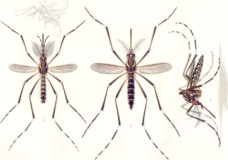
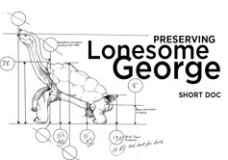
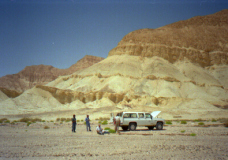
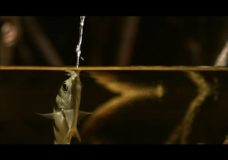
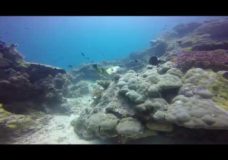
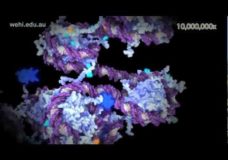

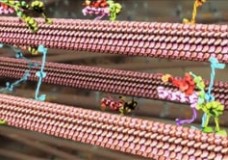
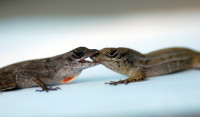

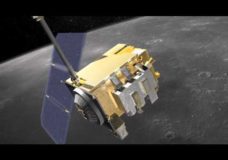

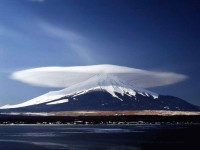
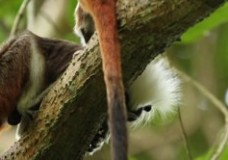
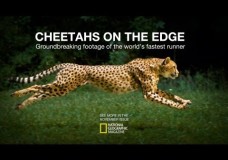

Recent Comments